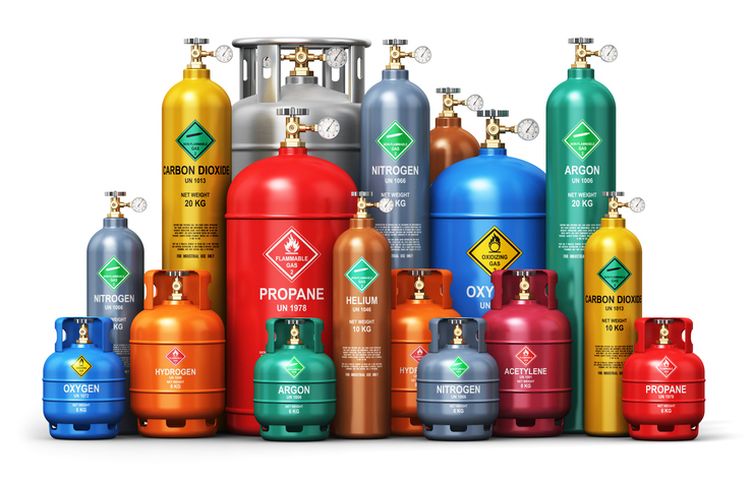Fire Safety Evacuation Plan (FSEP) Instructions
University units follow the Fire Safety Evacuation Plan Instructions when completing their Fire Safety Evacuation Plan.
Visit the Fire Safety and Evacuation Plan page for more information.
University units follow the Fire Safety Evacuation Plan Instructions when completing their Fire Safety Evacuation Plan.
Visit the Fire Safety and Evacuation Plan page for more information.
EH&S developed the Fire Safety and Evacuation Plan (FSEP) template to assist University units and departments in preparing for building emergencies.
Please refer to the Instructions and frequently asked questions for additional information.
Environmental Health & Safety (EH&S) funds capital projects to improve safety-related building elements and safety systems to mitigate occupational and environmental hazards at the UW.
What are capital safety projects?
Automated external defibrillators (AEDs) are electronic devices designed to recognize cardiac arrhythmias and treat them through defibrillation, an electrical shock that allows the heart to reestablish its proper rhythm.
Modern AEDs are designed to administer the shock only if an abnormal rhythm is detected and will prompt the user with step-by-step audible or visual cues.
University units with an AED must follow the guidance in the Automated External Defibrillators Focus Sheet.

Compressed and liquefied gases are routinely used in laboratories, shops and various other operations at the University. Compressed gas is a generic term used for describing compressed gases, liquefied compressed gases, refrigerated liquefied gases (cryogenic fluids) and dissolved gases.